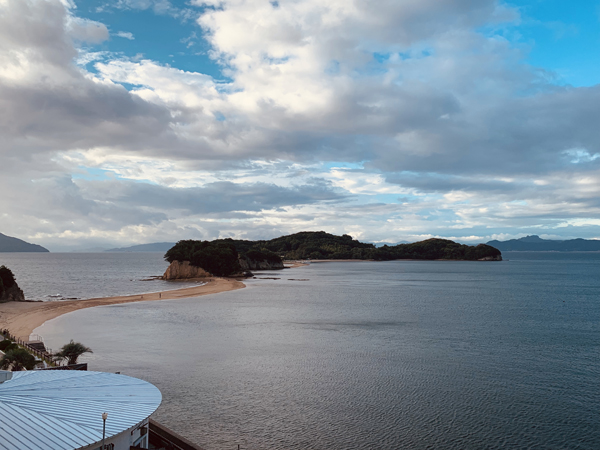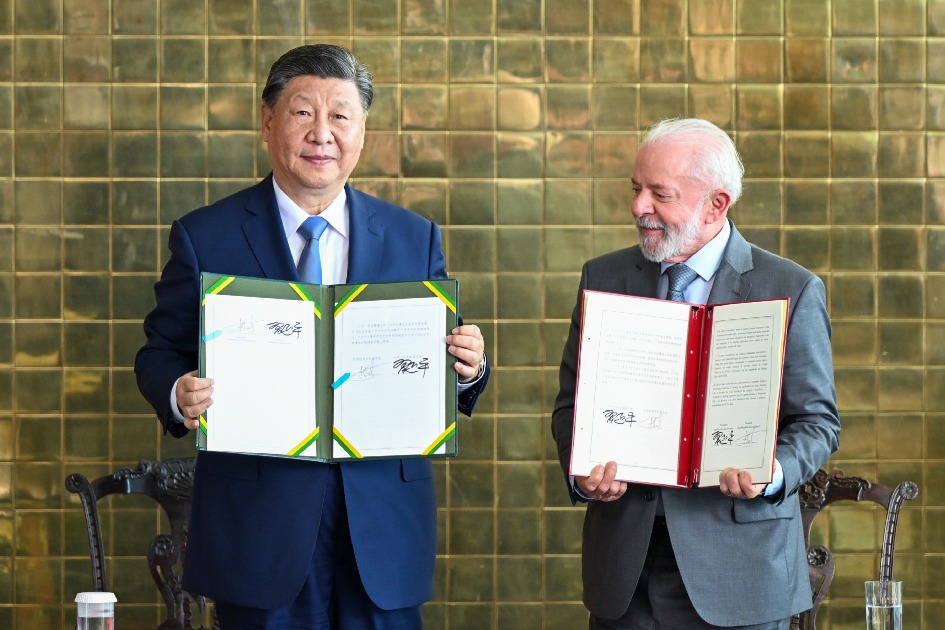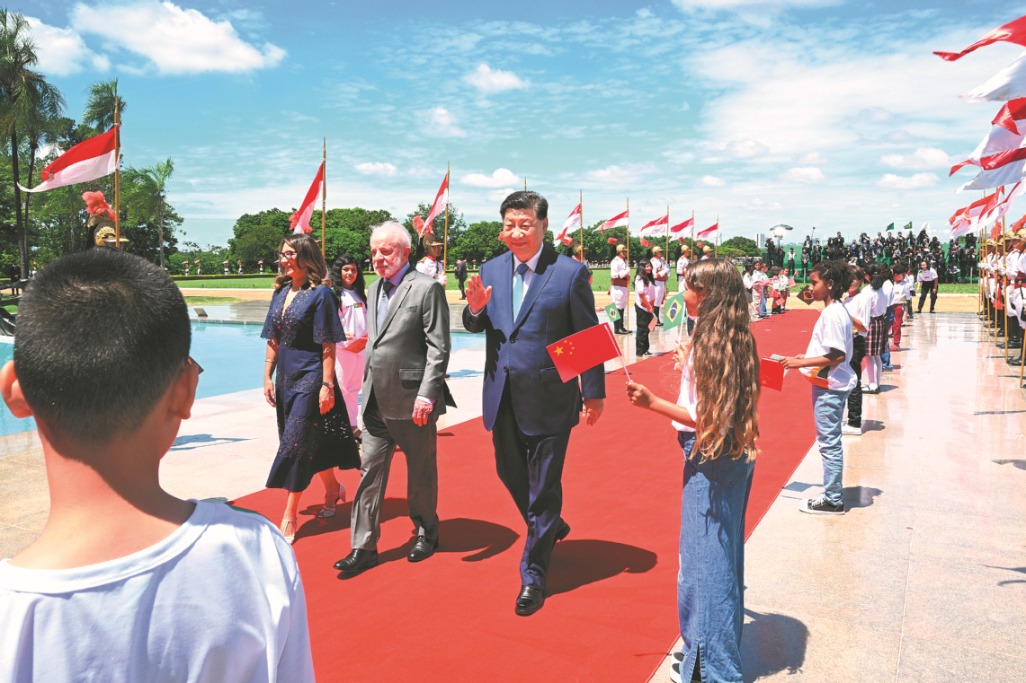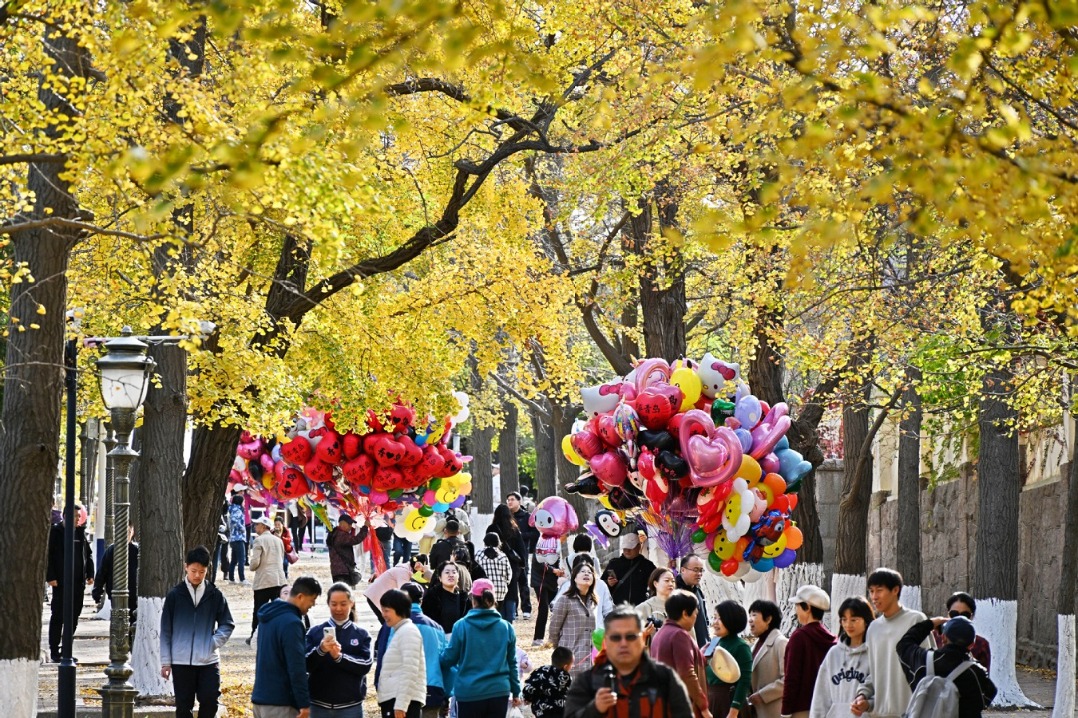Painting the different sides of Setouchi
By WANG XU | China Daily | Updated: 2019-10-07 09:59

Beauty meets curiosity
"Even people who are less familiar with art cannot deny the ability to find something with which to be connected on the island, as it provokes one to look at the world differently," said Masashi Eda, who came to work on Naoshima as a hotel staff member just five months ago.
Describing himself as an "art insulator", the 36-year-old from Okayama traveled and worked in a dozen Japanese cities before he found the tranquility and a sense of solace and inspiration that he was looking for on Naoshima.
"Throughout my life, I never thought I would somehow have a connection with art," said Eda, "I always thought that it was something to do with the rich people, however, moving to Naoshima has changed me, because when I see the paintings of the water lilies, I almost feel as if the artist himself is reaching out to me. It's like I am able to interact and communicate with him and even thank him for bringing tranquility to my heart.
"This is something that I had never seen, heard or experienced before and it's fantastic," Eda explains, adding that he now understands why people say "when curiosity and beauty meet, art is born".
Eda may not able to name the person who elicited in him these never-before-experienced feelings, but the five paintings he enjoyed at the 2004-built Chichu Art Museum are part of the Water Lilies series produced by the late French Impressionist painter, Claude Monet.
Fascinated by the effect that light had on his subjects, the entire Water Lilies series is composed of 250 paintings portraying the ponds of Monet's estate in Giverny, France. A famous anecdote recounts that the great master would work on several paintings at the same time, but only for a few minutes each day, in order to capture the fading light at the right moment.
























